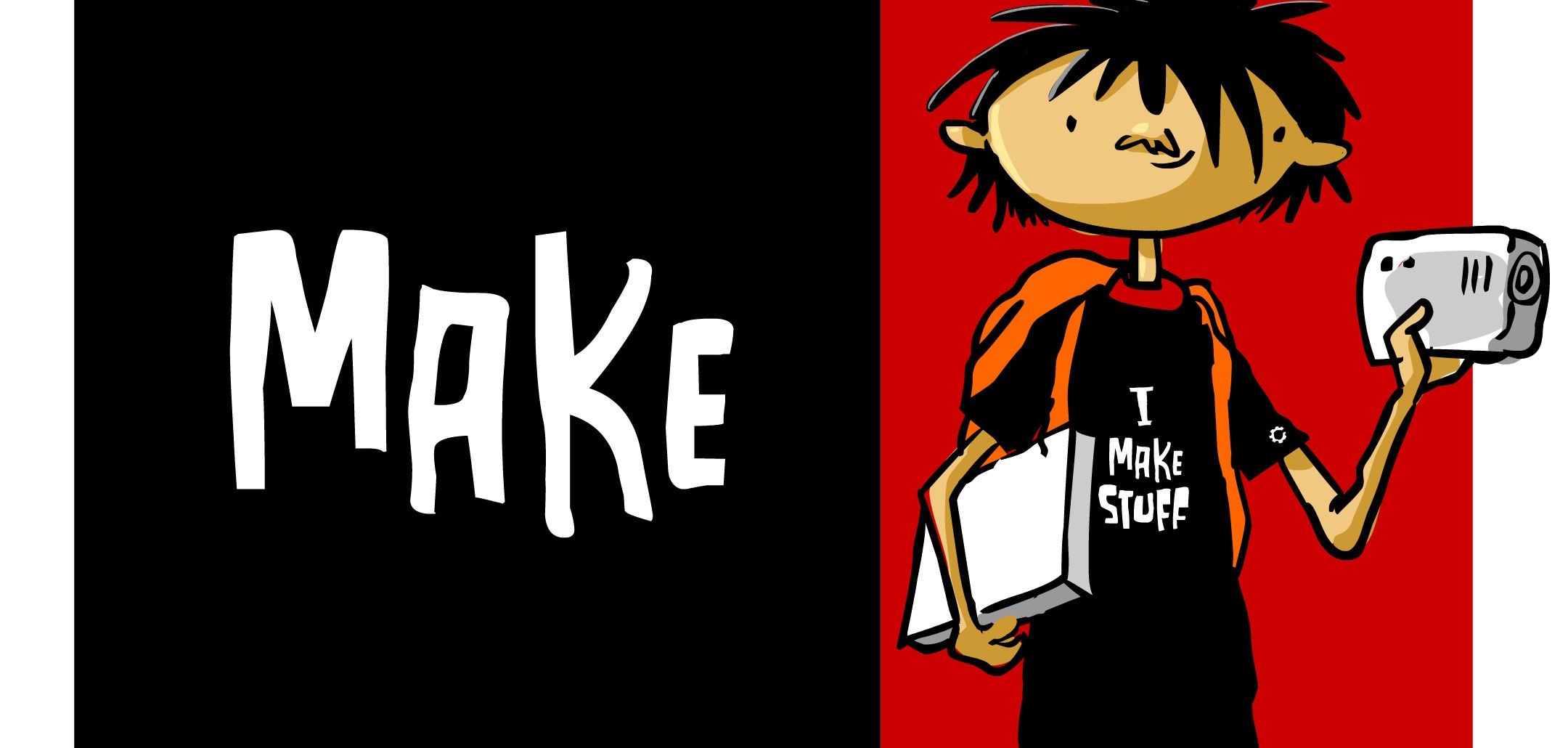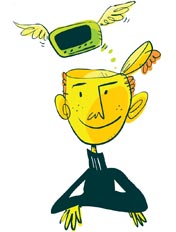
Develop projects that endure

Projects create memories for students. Those memories contain the skills and content learned during that projects development. The best teachers are those who inspire memories in their students, and engaging students in great projects is a powerful way to do so.
In this age of higher, tougher, meaner academic standards, any classroom practice associated with creativity is susceptible to caricature. Constructivist educators struggle with the perception that our kids can’t possibly compete with their peers in India or China when engaged in project-based learning. It is imperative for constructivist educators, therefore, to raise the bar, challenging their students to achieve a high standard of quality. The value of student projects at all levels needs to be demonstrably obvious even to the most casual observer.
My last article detailed the elements found in great projects, but even when those elements are present, I fear that our standards are sometimes too low.
All too often, we are enchanted by the technical merit of a project and forget the importance of relevance, meaning, and sufficient evidence of understanding. Adults are often quick to celebrate students’ success with technology and neglect to consider the overall impact of student project work.
This verbal inflation, a phrase coined by Seymour Papert, may result from a fear of computers, a lack of imagination, or a shortage of technological fluency. Rather than concentrating on purpose, relevance, sufficient time, complexity, connections, access, shareability, and novelty, we are distracted by the technology, and the project suffers for it. A powerful project inspires student memories because of the learning that takes place during its creation, not because a student successfully navigates the technical vagaries of the software used during its creation.

Artists, musicians, filmmakers, authors, poets, crafts people do not set out to produce or consume content. They work tirelessly to draw, write, paint, film, compose, play, build, knit, sew, act, or direct to create personally meaningful objects, sights, sounds or memories. In the rare instance, others will value such personal expression.
I suggest that educators plan and evaluate student projects based on a loftier set of goals. Teachers should embrace the aesthetic of an artist or critic and create opportunities for project development that strive to satisfy the following criteria.
Is the project:
That last variable is the highest standard of all. Does the student project have a chance of enduring? Will it make a contribution to knowledge or be a source of student pride? Will a parent frame the work or preserve it in a scrapbook? Artists have no idea if their creation will endure, but that is their aspiration. Should student projects aim for less?

Think about the sorts of projects that parents love and cherish. The best projects endure in the minds of students and on their parents’ refrigerator door.
Creative Educator can help you bring project-based learning to your school.
Learn MoreFive ideas for creative classroom centers
Creative, digital book reviews
Fun and powerful ideas with animated characters

Wixie
Share your ideas, imagination, and understanding through writing, art, voice, and video.

Rubric Maker
Create custom rubrics for your classroom.

Pics4Learning
A curated, copyright-friendly image library that is safe and free for education.

Wriddle
Write, record, and illustrate a sentence.

Get creative classroom ideas delivered straight to your inbox once a month.
Topics